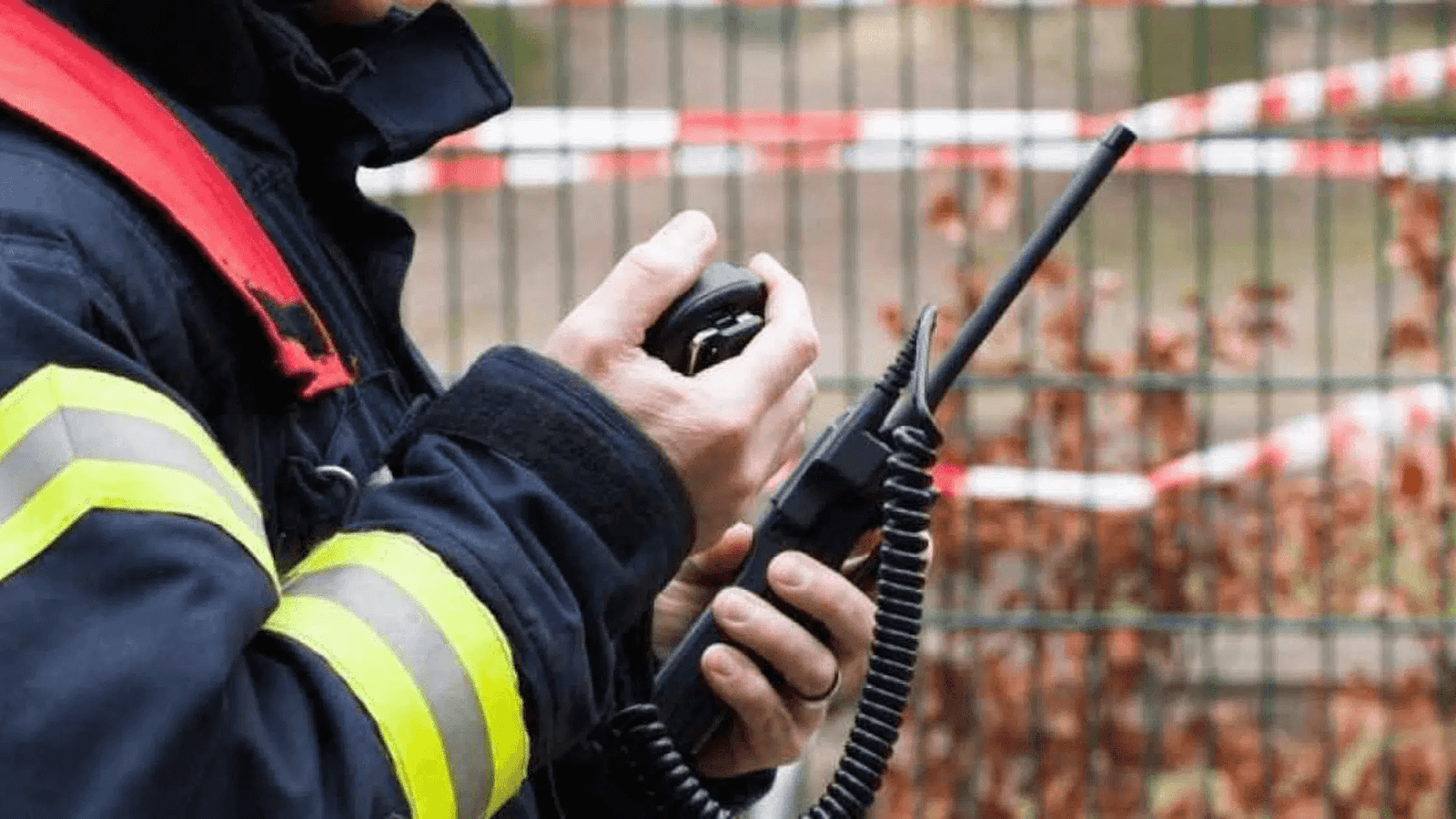
Breaking Down the Acronyms in Building Cell and Radio Antenna Systems

Kyle Talley, HPM Electrical Preconstruction Manager
Confusing Acronyms? We have plenty. With so many, it seems that the construction industry could rival the military for having the most extensive and confusing set of specialized vocabulary terms. DAS, BDA, ERRC: what are they and how do they affect your construction project? Let’s begin by breaking down these acronyms and what they represent.
- DAS – Distributed Antenna System – This is a broad description for any system that receives/transmits external signals from outside of the building across an internal wired system to multiple antenna locations throughout the building. The purpose of this system is to eliminate areas of the building where the external signal is weak or non-existent. This type of system generally takes the form of a Wireless Access Point system (amplifying internet signal strength) and Cellular Repeater systems (amplifying cell phone signal strength).
- BDA – Bi-Directional Amplification – Also a broad description for a system that does the same as a DAS. Sometimes these two terms are used to describe parts of the overall system (DAS being the wiring and antennas and BDA being the actual amplifier), but most often they are two terms used to describe the system as a whole and they are interchangeable.
- ERRC – Emergency Responder Radio Coverage – This is a type of DAS or BDA system that amplifies the radio signals of Emergency Responders. Conceptually, an ERRC system works the same as a DAS or BDA, but the ERRC system is a Life Safety system. It can conversely be referred to as a “Life Safety DAS” or “Life Safety BDA.” Thus, it requires emergency power backup and fire-rated locations for main equipment – just like a fire alarm system. And whereas a DAS or BDA system is entirely optional depending on what the owner wants, the ERRC system is required under some circumstances. There are two main drivers that determine when an ERRC system is required: local enforcement of current life safety code and the signal strength of Emergency Responder Radios in any area of your building. Project teams should check with the local AHJ to see if this part of the life safety code is actively enforced. Even if your local AHJ will enforce this provision, you still may not have to provide this system if you have adequate radio signal strength throughout your building. In this scenario, the accepted best practice is to plan for having to provide this system both from a budget standpoint (~$0.80/sqft) and space allocation standpoint. Once near completion (all walls are up and all windows are in), the project team can accurately test for signal strength throughout the building and determine whether and where any antennas will be needed, thereby reducing the potential size of the system needed.
If you have questions about any of these systems, feel free to reach out to me.
At HPM, we like to provide you with information and news about our company, our people and what we do as well as other topics we think you will find interesting and valuable. If you ever have any questions about anyone or anything you see here or if you have an idea for what you’d like to see posted, drop us a line at info@hpmleadership.com.

